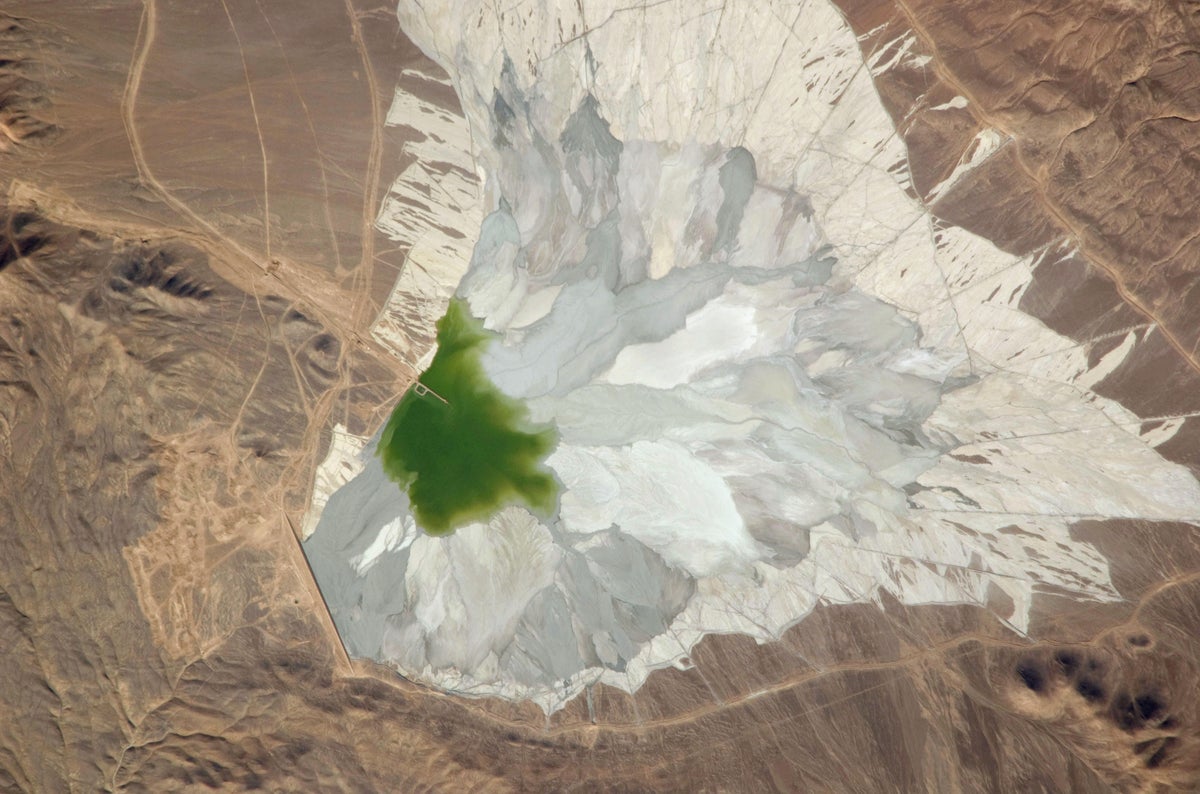
"At the northern edge of Chile's Atacama Desert sits a pile of rocks that's so big that you can see it from spaceand it's teeming with invisible activity. Billions of microbes are hard at work dissolving compounds in this giant mound of crushed ore from Escondida, the biggest copper mine on the planet. Microbes are the world's oldest miners, says Liz Dennett, founder and CEO of the start-up Endolith Mining, based near Denver, Colo."
"Scientists at Endolith and elsewhere are engineering microbes to get even better at this process, called biominingto work faster, extract more copper and even pull out other kinds of minerals. Endolith tests different microbes to see which are most fit for the job and then exposes them to harsh conditions to further strengthen them. Think of it like a superhero training camp, Dennett says."
"Biomining, if it can be scaled up, could make it possible to decrease reliance on global supply chains, which are becoming ever more fragile. If we can make biomining work, we can break the monopoly that states like China have on critical metals, says Buz Barstow, a biological and environmental engineer at Cornell University. Barstow is leading a project called the Microbe-Mineral Atlas that catalogs microorganisms, their genes and how they interact with minerals."
A vast pile of crushed ore from the Escondida copper mine in Chile hosts billions of microbes actively dissolving compounds. Microbes have evolved over billions of years to consume minerals and function as natural miners. Scientists and commercial teams are engineering and selecting microbes to accelerate biomining, increase copper yields, and target other minerals. Startups expose candidate microbes to harsh conditions to strengthen them and have demonstrated superior engineered copper extraction with field deployments planned. Biomining could reduce reliance on fragile global supply chains and support efforts to secure critical metals needed for renewable energy transitions. The Microbe-Mineral Atlas catalogs microbes, genes, and mineral interactions to enable engineered solutions.
Read at www.scientificamerican.com
Unable to calculate read time
Collection
[
|
...
]